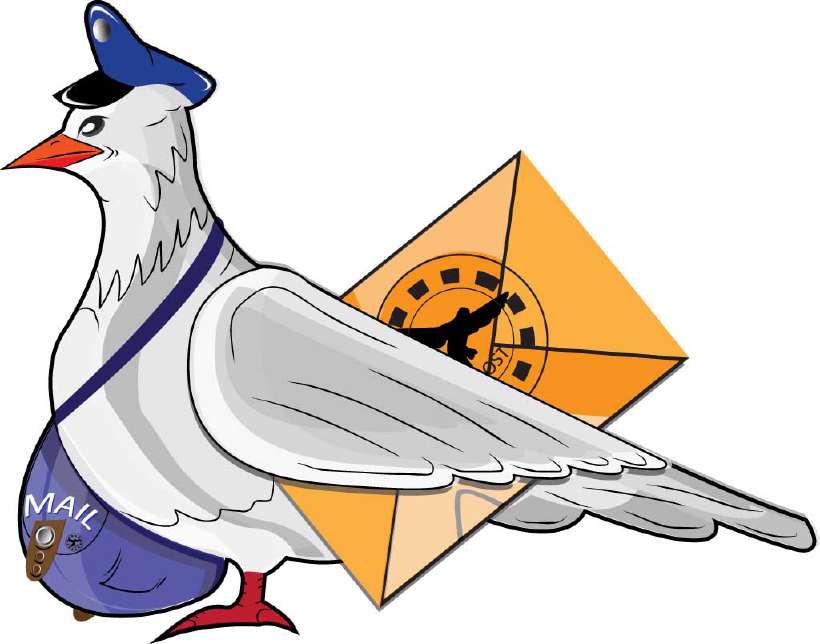Where does the Pigeon Post Operate?
Home / Science for Kids / 5Ws & H For Kids / Where does the Pigeon Post Operate?
Among birds, pigeons have a natural and unerring instinct of returning to their nests or homes after long flights. In the early days besides domesticating animals like the horse, dog and cow, people also bred pigeons to carry messages back and forth. These pigeons are called homing pigeons.
Racing pigeons have a life span of 15-20 years. A healthy bird can fly stretches upto 1,000 km. Normally the message is tied around the feet of the pigeon in a plastic capsule to protect the paper. Two pigeons are released with the same message, as pigeons are prone to attacks from other birds of prey particularly the hawk.

Legends have it that lovers exchanged notes and messages with the help of these homing pigeons. However, the first recorded instance of a pigeon post was in 1146 A.D. when the Caliph of Baghdad (in Iraq), Sultan Nuruddin used pigeons to carry mail through his kingdom.
During World War 1 (1914-18) a homing pigeon of the American army saved a battalion from being captured by the Germans. In India, emperors Chandragupta Maurya (321-297 B.C.) and Asoka were said to have used pigeons couriers.
But, the establishment of a regular mail service by Alauddin Khilji (1296 A.D.) and the onset of the postal service with the invention of telegraph and later telecommunications, put an end to all that. Today, we have mobile phones and satellite communication to connect to any part of the globe.
However, even in this day and age, the police in Orissa state in India, still use pigeon posts. In 1946, they procured 40 pigeons and trained them on three courses: static, mobile and boomerang.
In the static category the pigeons are taken by the squad to remote areas of their territory to communicate with headquarters. In the mobile category, the pigeons are taken to various places of operation.
These positions may vary from operation to operation so the pigeons are trained to home in to the headquarters. In the boomerang category, the pigeons are trained to deliver and return with the message.
![Where does the Pigeon Post Operate? [Illustration by Anup Singh]](/media/5wh-103_1_hue8e4df0d2d09104a1704dbe81a8fa69f_12279_820x0_resize_q60_box.gif)
Homing pigeons are however not cheap to maintain. They require a good diet and rooming space. These racing pigeons live on a special diet of shark liver oil mixed with potash dissolved in water.
The Orissa police have established regular pigeon posts at Cuttack, Chatrapur, Kendrapara, Sambalpur and Denkanal and these pigeons rose to the occasion in times of emergencies and natural calamities.
During the centenary celebrations of the Indian postal service in 1954, the Orissa police pigeons demonstrated their capacity by conveying the message of inauguration from the President of India to the Prime Minister.
464 words |
4 minutes
Readability:
Grade 8 (13-14 year old children)
Based on Flesch–Kincaid readability scores
Filed under: 5ws and h
Tags: #india, #orissa, #pigeons, #boomerang, #postal service
You may also be interested in these:
Orissa Police's Feathered Force is Dying
The Day it Rained Fish
How does the Army Post Office System Work?
How did Christianity Come to India?
The Empire Strikes Back